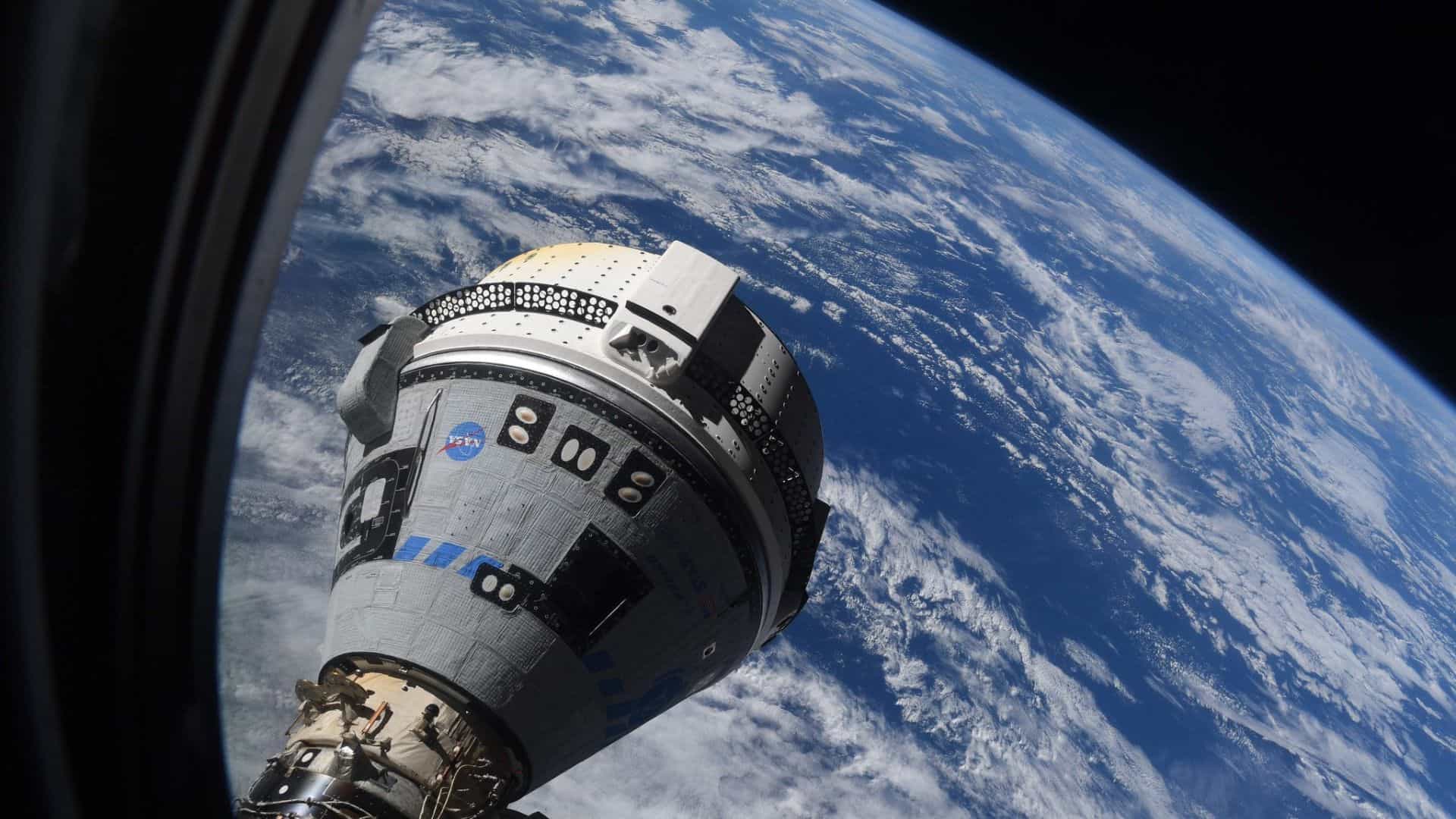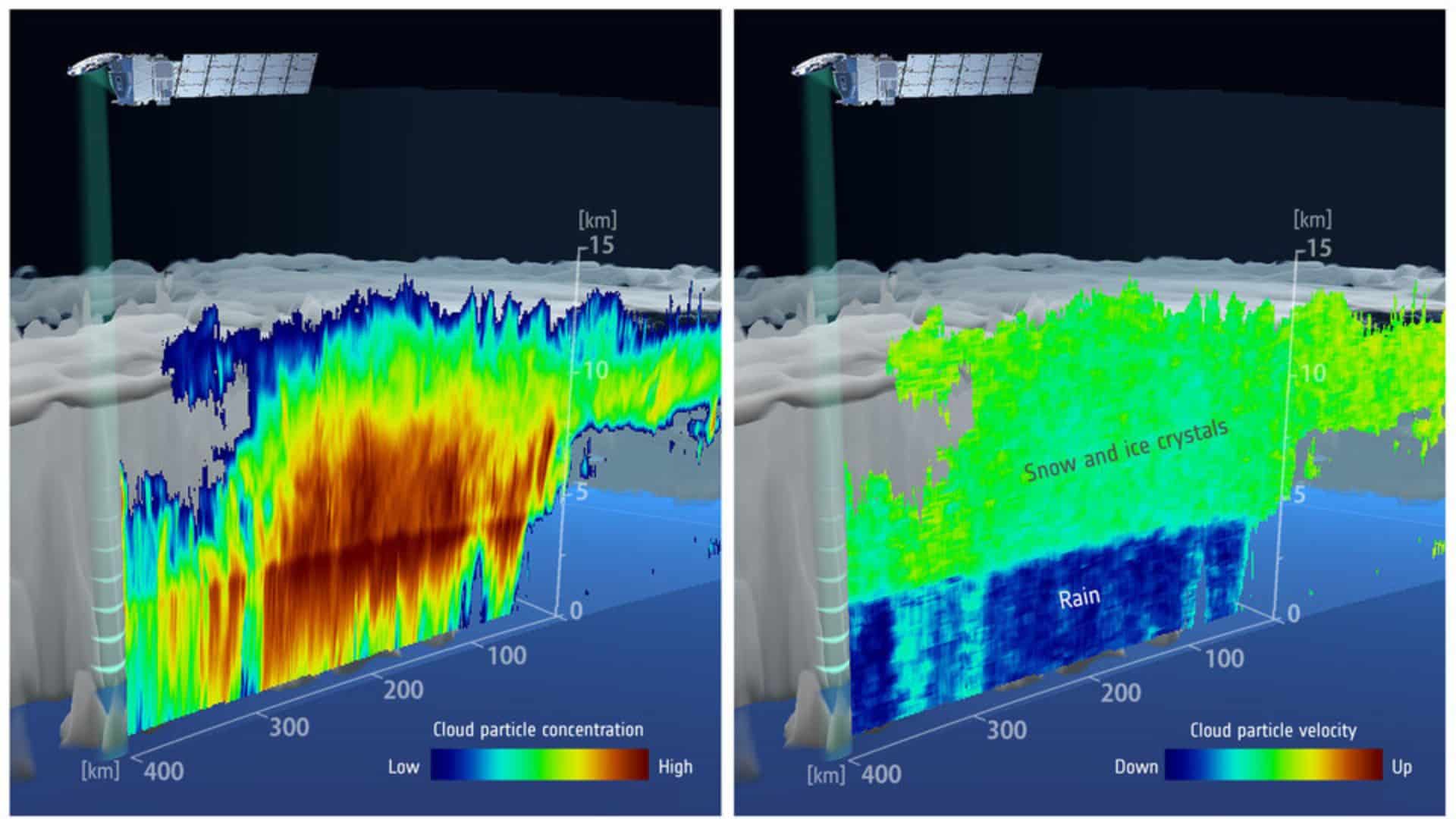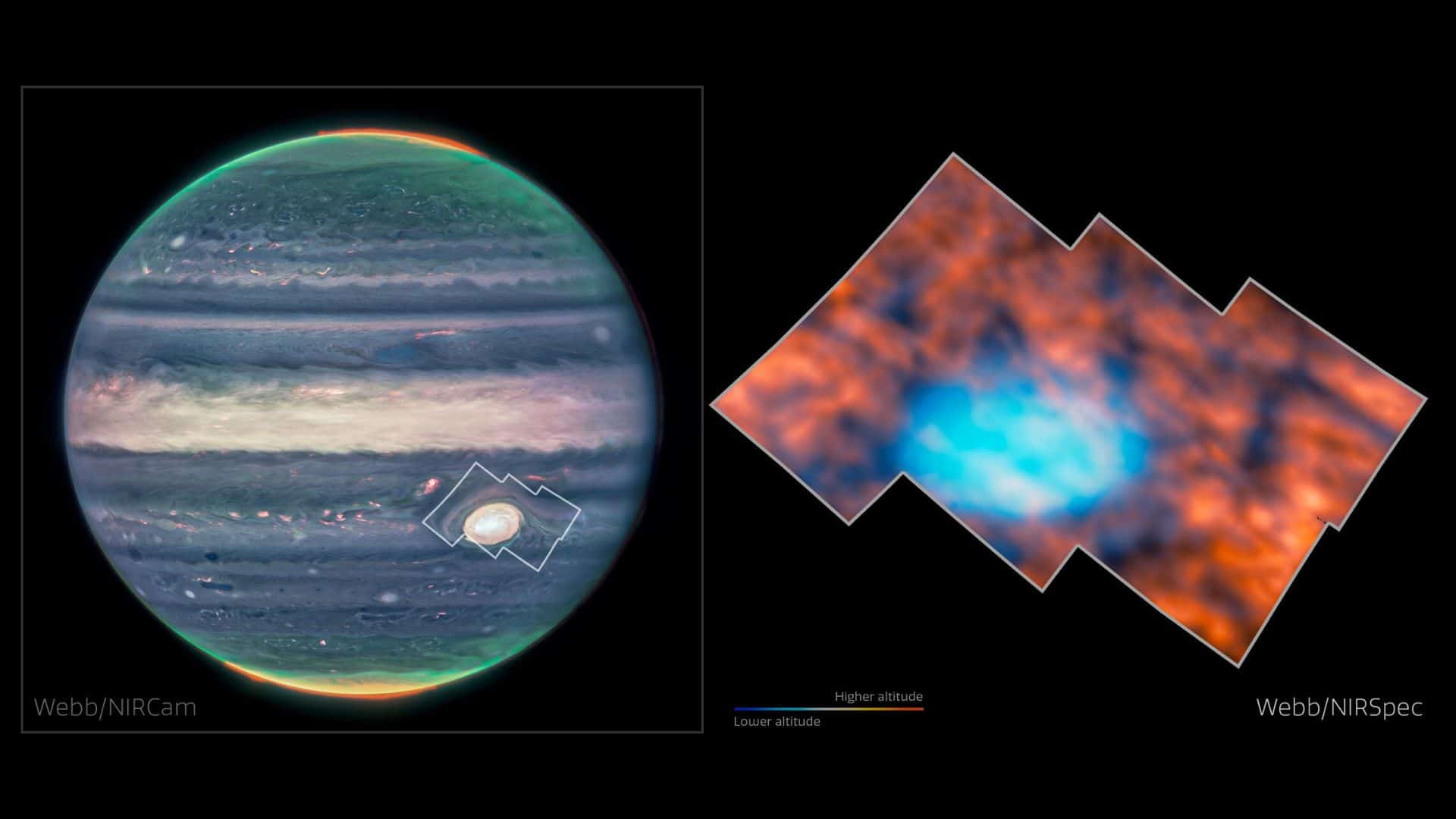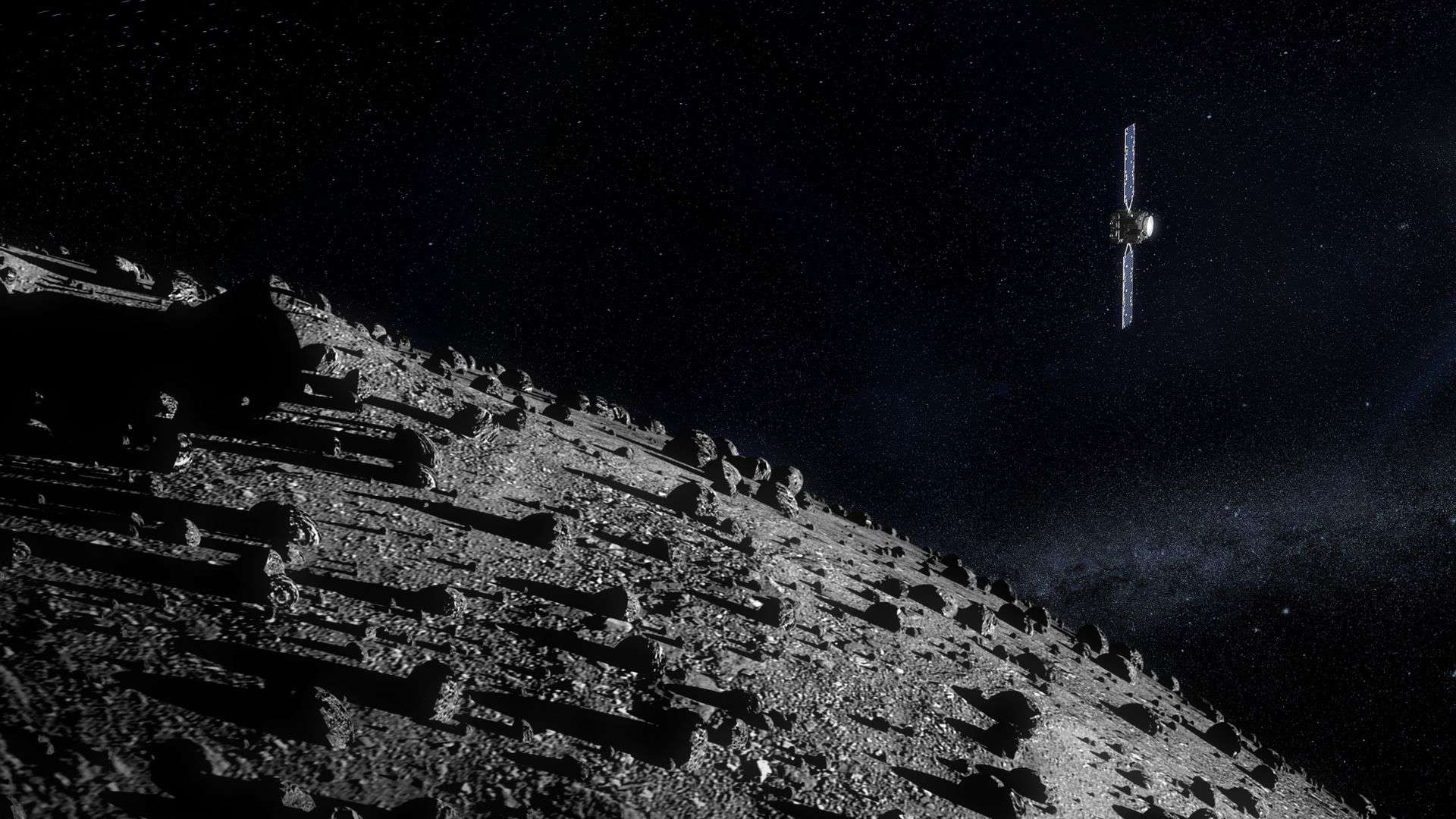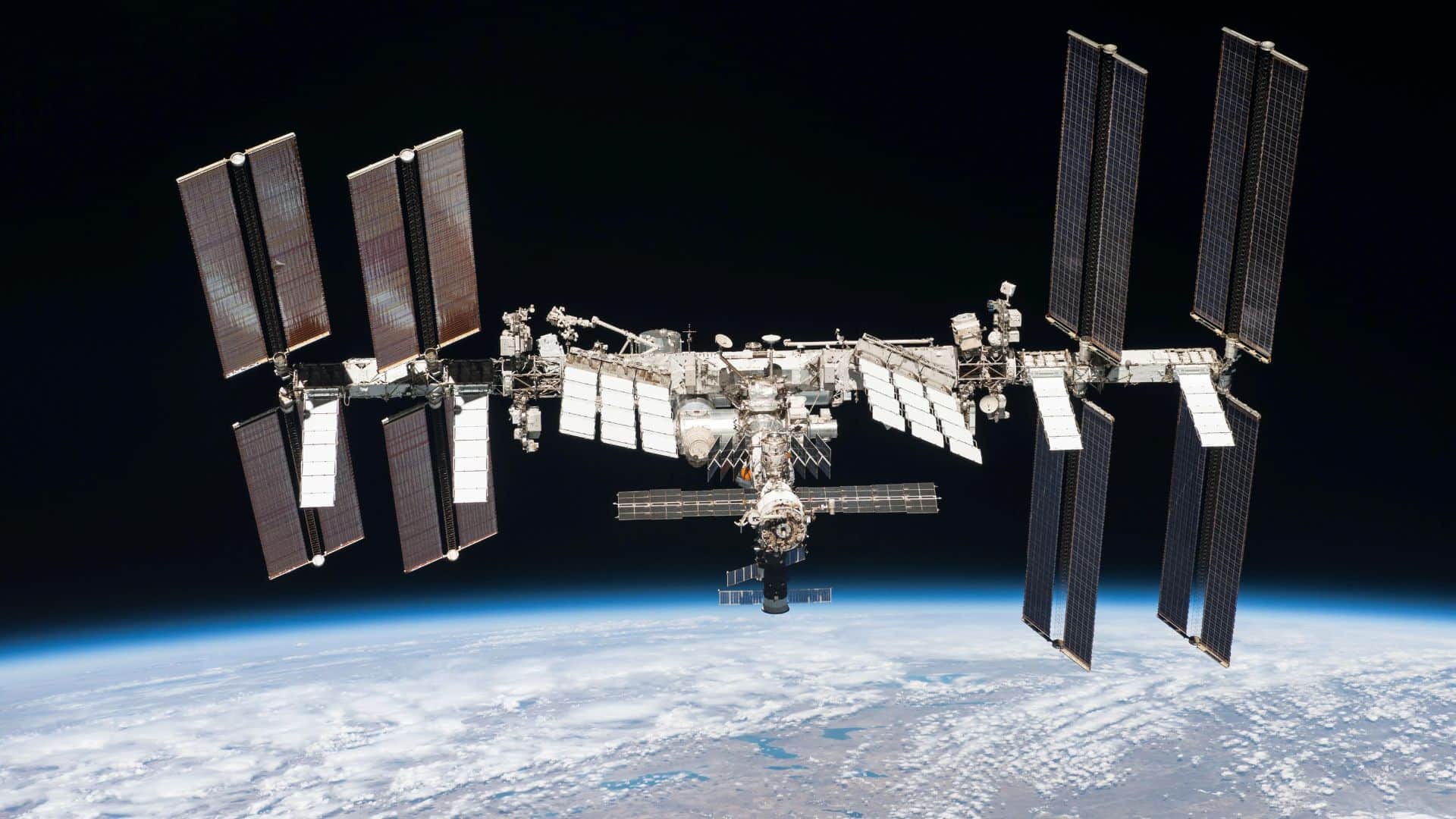
NASA has selected Elon Musk’s SpaceX company to build a deorbit vehicle for the safe and controlled atmospheric reentry of the International Space Station (ISS) after the end of its operational life in 2030.
NASA announced on June 26 that the agency awarded a contract worth $843 million to SpaceX to build the deorbit vehicle.
Neither NASA nor SpaceX have released the design of the deorbiting “tugboat.”
SpaceX will deliver the deorbit vehicle to NASA after its development, and NASA will bring down the 450-ton, football-field-sized orbiting laboratory with the help of the deorbit vehicle for the fiery atmospheric reentry.
The gigantic space laboratory orbits Earth about every 90 minutes at an altitude of 400 km. It is a unique platform where crew members conduct different scientific experiments in microgravity conditions.
“Selecting a U.S. Deorbit Vehicle for the International Space Station will help NASA and its international partners ensure a safe and responsible transition in low Earth orbit at the end of station operations. This decision also supports NASA’s plans for future commercial destinations and allows for the continued use of space near Earth,” said Ken Bowersox, associate administrator for Space Operations Mission Directorate at NASA Headquarters in Washington.
“The orbital laboratory remains a blueprint for science, exploration, and partnerships in space for the benefit of all.” Bowersox added.
Five space agencies, including NASA, Roscosmos, ESA (European Space Agency), JAXA (Japan Aerospace Exploration Agency), and CSA (Canadian Space Agency), have been operating the International Space Station (ISS) since 1998.
The United States, Japan, Canada, and the participating countries of Europe have committed to continuing station operations through 2030 and Russia through at least 2028.
It is the responsibility of all five space agencies to safely deorbit the space station so that it doesn’t pose any risk to populated areas.
However, the International Space Station will not be deorbited until the commercial space station is fully operational in low Earth orbit.
Currently, various private aerospace companies like Voyager Space, Axiom Space, Blue Origin, and Vast Space are developing commercial space stations.
Related article: SpaceX’s Starship to launch Starlab commercial space station in late 2020s
Please follow us on Facebook and Twitter to get latest space news, upcoming skywatching events and astronomy-related content.
